- +91 84820 11111 / +91 84810 11111
- connect@teknomoto.com
All weather.
All terrains.
All-round performance.
Benefits of Apollo Tyres
- Strong global presence – trusted in 100+ countries.
- Wide product range – cars, bikes, trucks, buses, off-road, and EVs.
- OEM partnerships – fitted in premium brands like Audi, Mercedes, Hyundai.
- Durable & reliable – built for Indian roads and tough conditions.
- Fuel-efficient designs – low rolling resistance for better mileage.
- Enhanced safety – puncture resistance, strong grip, and better braking.
- Comfort & low noise – smoother rides with advanced tread design.
- EV-ready tyres – Amperion series for longer battery range.
- Sustainability focus – up to 75% eco-friendly materials and net-zero target.
- Strong R&D – innovation hubs in India, Netherlands & South Africa.
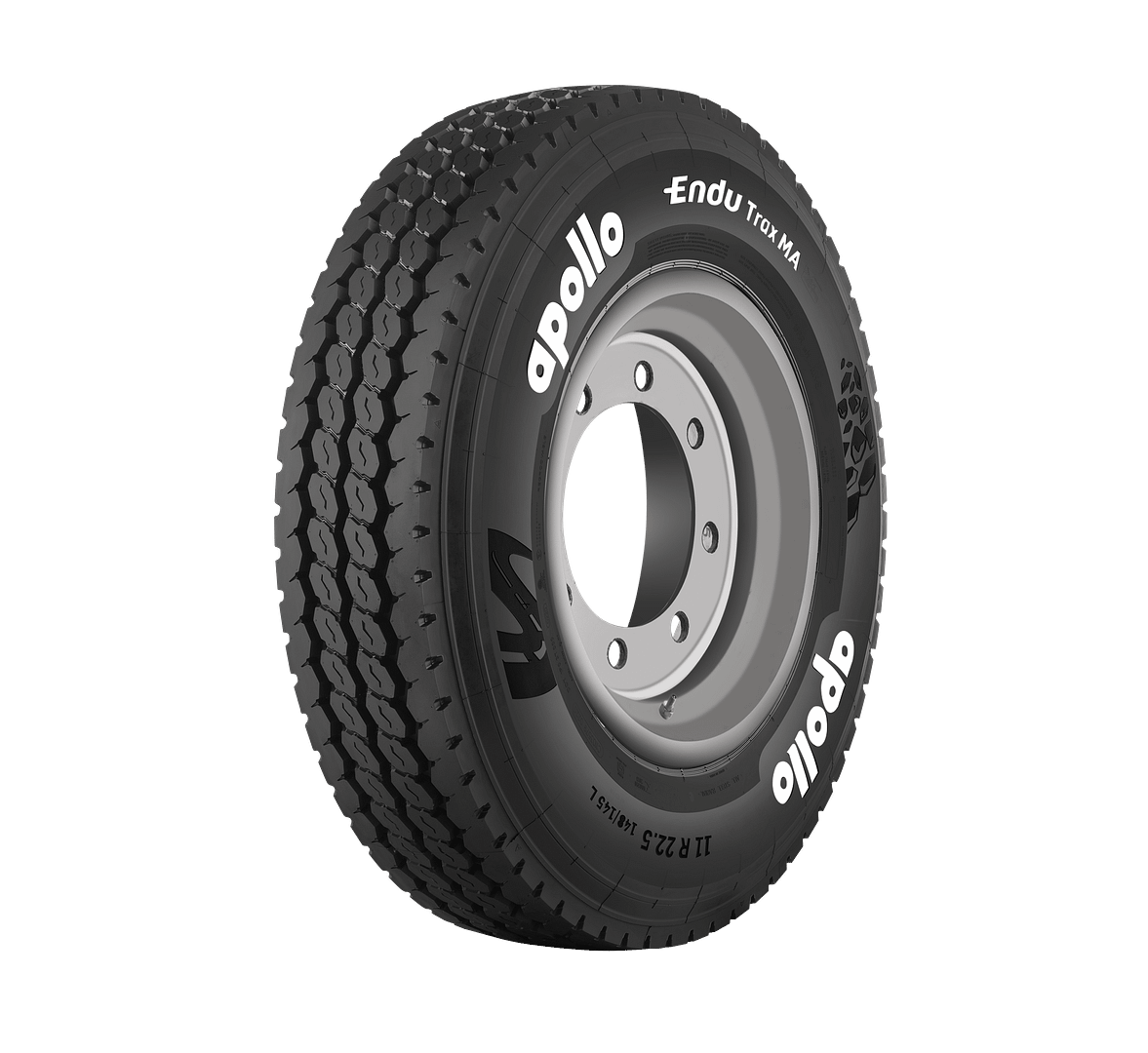
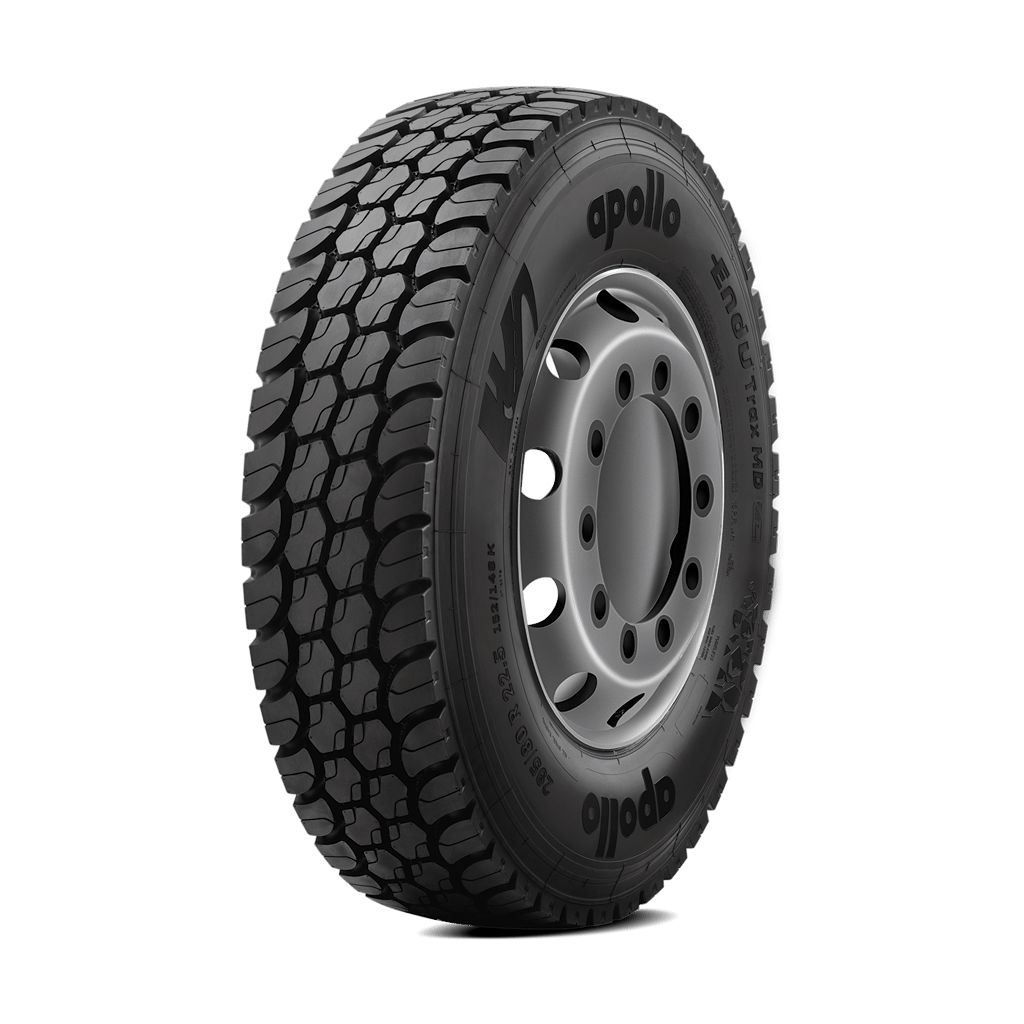
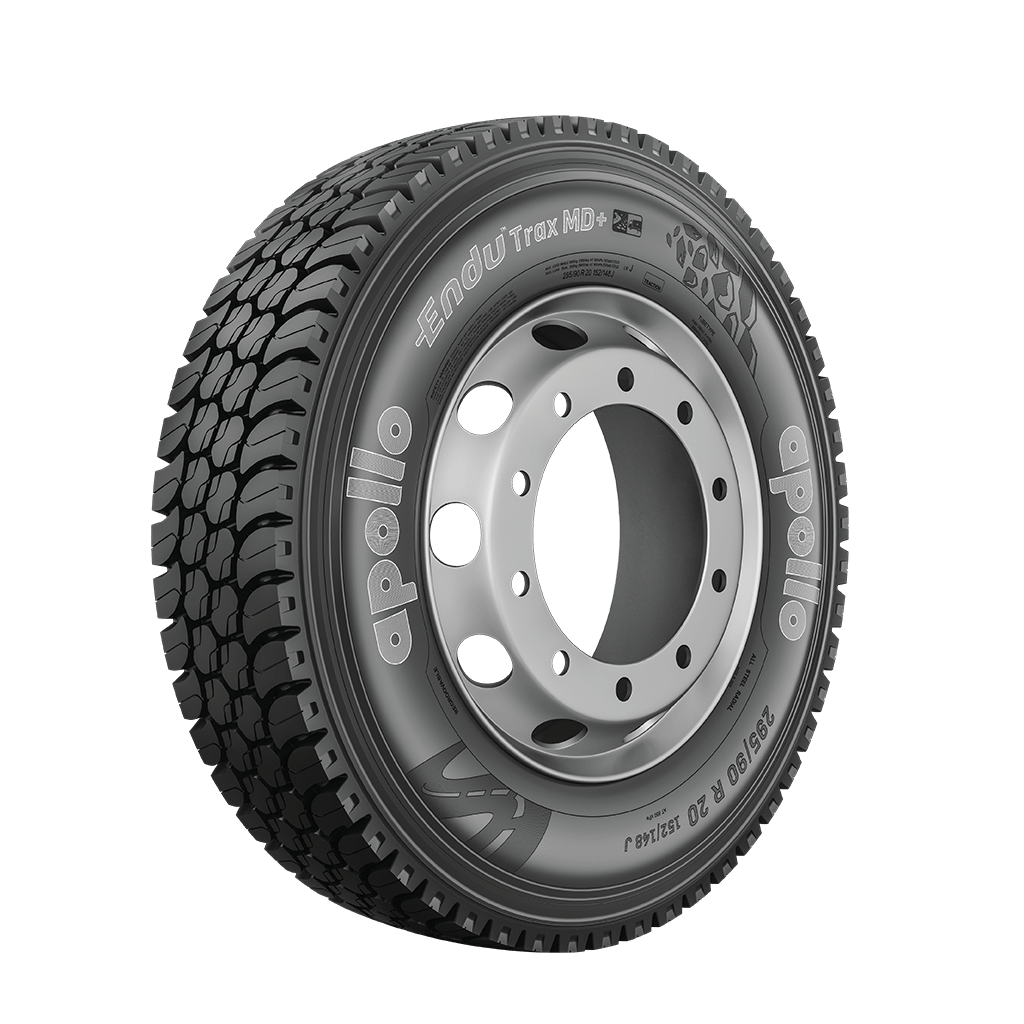
Advantages of New v/s Retreads
New Tyres
Retread Tyres
Our Range Of Tyres
Tyre Retreading Process
Initial inspection (Visual + NDT grading)
Check casing suitability: look for cuts, sidewall bulges, inner-liner separation, exposed cords, zipper damage, previous bad repairs and remaining undertread. Many plants also perform electrical inspection/shearography/X-ray to detect internal separations before any work starts.
Buffing
Remove the worn tread and true up the crown to a uniform profile and specified undertread thickness. Buffing produces the prepared surface (correct radius and texture) needed for good adhesion of the new tread. Use the proper hub, pressure and PPE — buffing speed/profile matter a lot for a reliable retread.
Casing repairs / patching
Repair any penetrations, fractures, separated belts or cuts using approved repair methods (patches, plugs, splice repairs). Repairs must be completed and tested before building.
Cementing / adhesive application
Depending on system: apply primer/adhesive (cement) to the buffed area where required (precure systems typically use a bonding cement + cushion gum). This readies the casing for tread bonding. (In some modern systems cement is minimized by using extruded cushion gum).
Cushion gum application / filler
Apply cushion gum (also called bonding gum or bonding strip) where needed to fill skives and create a compliant layer between the cured casing and the new tread. This layer equalizes geometry and helps the tread bond and flex with the casing.
Tread building / tread application
Place the new tread (pre-cured tread for precure process, or prepare uncured tread for mold-cure systems) and assemble the splice. For precure systems the precured tread is cemented and spliced to form a continuous band.
Mounting / envelope fitting (enveloping)
Mount the assembled tire on the curing rim/drum and fit the curing envelope (diaphragm/inner envelope and outer envelope as needed) to obtain uniform heat & pressure during curing. Proper envelope fitting and rim selection are critical for an even cure.
Tube (if applicable)
If the tyre is a tube-type tyre, fit the heavy-duty curing tube (or use an inner envelope system where appropriate). Many modern retread workflows for tubeless casings use inner envelopes instead — tube fitting is conditional on tyre type.
Mounting on curing rim / flange
Secure the tire/envelope assembly to the curing rim or into the curing chamber as required by your system (pre-cure vs mold-cure setups may use different fixtures).
Curing / vulcanization
Expose the assembled tire to the required time, temperature and pressure in the curing chamber (autoclave or press). This step vulcanizes the bonding layer and integrates tread and repairs with the casing to form a single, durable structure. Proper cure cycle control is essential to avoid undercure, overcure, or separations.
Deflation / cool down, finishing & final inspection
Remove the tire from the oven, cool, trim the tread splice and finish the bead/shoulder areas. Do a final visual and functional inspection (high-pressure air test, uniformity checks, verify repair quality, bead/liner integrity) and reject any tire that fails. Return to service only when it meets acceptance criteria.
Getting It Ready...
GET IN TOUCH
- 91 84820 11111 / +91 84810 11111
- connect@teknomoto.com
- P 28, Kasba Industrial Estate Phase III, Kolkata - 700 107,West Bengal
FAQ (Frequently Asked Questions)
Apollo New Tyres – FAQs & Answers
You can check your vehicle’s manual or consult our dealership team. We’ll match the right Apollo tyre size, type, and pattern based on your driving style and road conditions.
Apollo tyres are known for durability, fuel efficiency, strong grip, and comfort—perfectly designed for Indian roads and weather conditions.
With proper maintenance, Apollo new tyres can last between 40,000–60,000 km, depending on driving style and terrain.
Yes, all Apollo new tyres come with a standard manufacturer’s warranty against manufacturing defects.
Absolutely. Apollo tyres are engineered for Indian roads, offering strong sidewalls for rough surfaces and advanced tread patterns for city and highway drives.
On average, every 4–5 years or when tread wear reaches the safety limit. Regular checks ensure timely replacement.
Yes, Apollo uses low rolling resistance technology in many tyre models, helping improve fuel efficiency.
Apollo tyres provide better braking, superior grip, hydroplaning resistance, and puncture-resistant options for safer journeys.
Yes, Apollo offers tyres specifically designed for highways and heavy-duty usage with stability and load-carrying capacity.
You can buy from authorized Apollo dealerships like ours. Genuine tyres have Apollo branding, BIS certification mark, and proper packaging.
Apollo Retread Tyres – FAQs & Answers
Retread tyres are used tyre casings given a new tread layer, extending their life at a much lower cost.
Apollo retreads are manufactured with strict quality checks and are safe for commercial use, especially for trucks, buses, and fleets.
Retread tyres are typically 30–50% cheaper than new tyres, making them a cost-effective choice for fleet operators.
With proper usage, Apollo retreads can last up to 75–80% of a new tyre’s lifespan.
Not all. Only tyres with strong and undamaged casings are suitable for retreading. Our team inspects casings before recommending retread.
Yes, retread tyres are widely used in commercial fleets, trucks, and buses, offering excellent cost savings and performance.
Depending on the casing condition, a tyre can be retreaded 2–3 times safely.
Apollo retread tyres are designed with fuel-efficient tread compounds to ensure optimal mileage without major compromise.
Yes. Retreading reduces rubber waste, conserves raw materials, and lowers carbon emissions—making it an eco-friendly choice.
You can visit our dealership or any authorized Apollo service point for retread tyre service, inspection, or replacement.
Teknomoto automart private limited
- +91 84820 11111 / +91 84810 11111
- connect@teknomoto.com
P 28, Kasba Industrial Estate Phase III, Kolkata – 700 107,West Bengal, India




